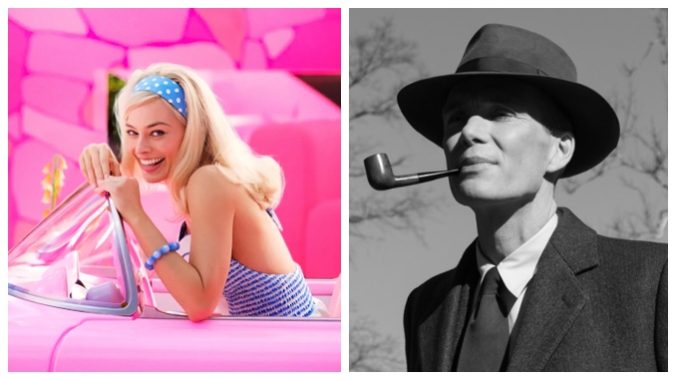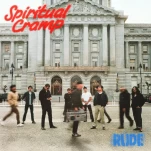Barbenheimer Proves Counterprogramming is Back, But Who’s the Real Winner?

You may not have heard, but Barbie and Oppenheimer—two very different movies—are releasing on the same day. After you’ve gotten over that glitter-filled bombshell, you might wonder why two buzzy, polar-opposite films would even attempt to battle each other for the top box office spot. But it is precisely because of their contrasting natures that Christopher Nolan’s biopic and Greta Gerwig’s cultural icon pastiche will be so successful come July 21st, thanks to a little film distribution trick called counterprogramming.
Picture this: A new movie is coming out, a massive one with a big budget promising thrills and spills (maybe an action film or one of those Star Wars the kids are always on about)—but it appeals to you in no way. The buzz is unignorable, and everybody around you is getting hyped to go to the movies, meaning you want to go to the movies, but you’re frustrated Hollywood didn’t cater to you this time. Enter counterprogramming, usually manifesting as a smaller film with a different tone, genre and target demographic, but with the same release date. It stands out as an appealing alternative—the question changes from “Will you go see this film?” to “Which of these films will you go see?” The expectation of attendance is all but confirmed, and even though the smaller film is unlikely to take the number one spot, it still exceeds expectations.
Hollywood has been pulling this trick for decades, with unlikely pairings like The Empire Strikes Back and The Shining, Batman and Honey, I Shrunk the Kids, The Force Awakens and Sisters. The latter incorporated its underdog status into its marketing, preempting the Barbenheimer double-bill with the hashtag #YouCanSeeThemBoth. Sometimes, counterprogramming is so successful that the underdog outshines the bigger budgeted film—such was the case in 1997 when My Best Friend’s Wedding outdid Batman and Robin, or in 2006 when The Devil Wears Prada had the legs to nearly match Superman Returns despite having a fraction of the budget, or when Pitch Perfect 2 beat Mad Max: Fury Road to the number one spot in summer 2015.
But there’s a commonality in these examples that reveals the regressive politics entrenched in film distribution—to Hollywood executives, the “counter” in counterprogramming might as well mean “for women.” Barbenheimer seems like such an oddity because its assumed demographics (young women and film bros) are so different, but it’s less of an oddity when you realize that this is the most basic rule of thumb to counterprogramming, all based on reductive generalizations about audiences.
-

-

-

-

-

-

-

-

-

-

-

-

-

-

-

-

-

-

-

-

-

-

-

-

-

-

-

-

-

-

-

-

-

-

-

-

-

-

-

-








































